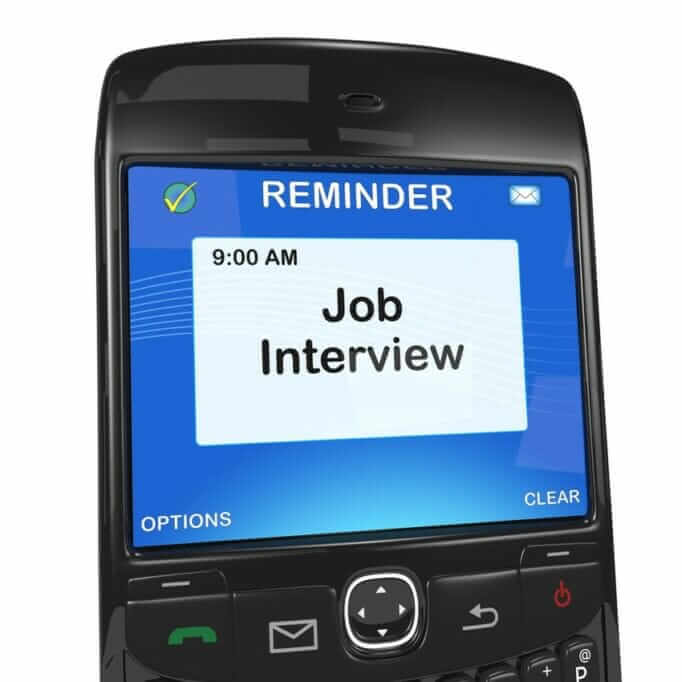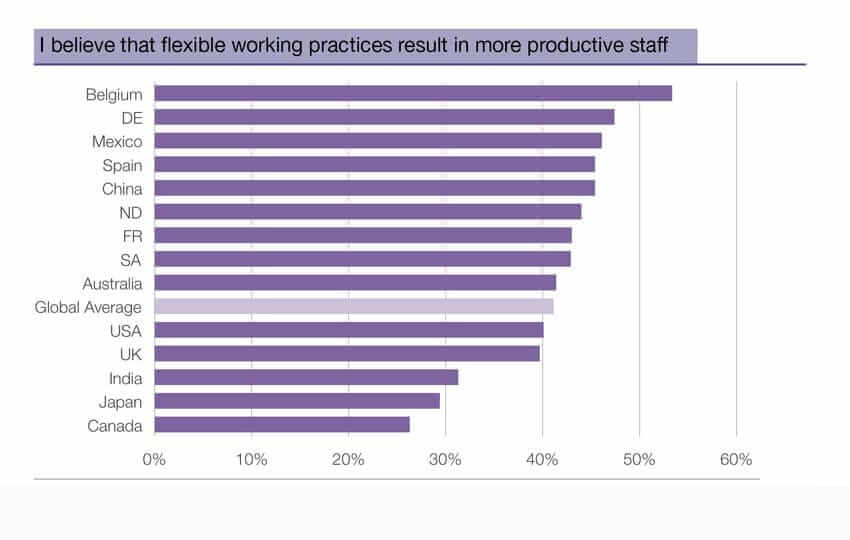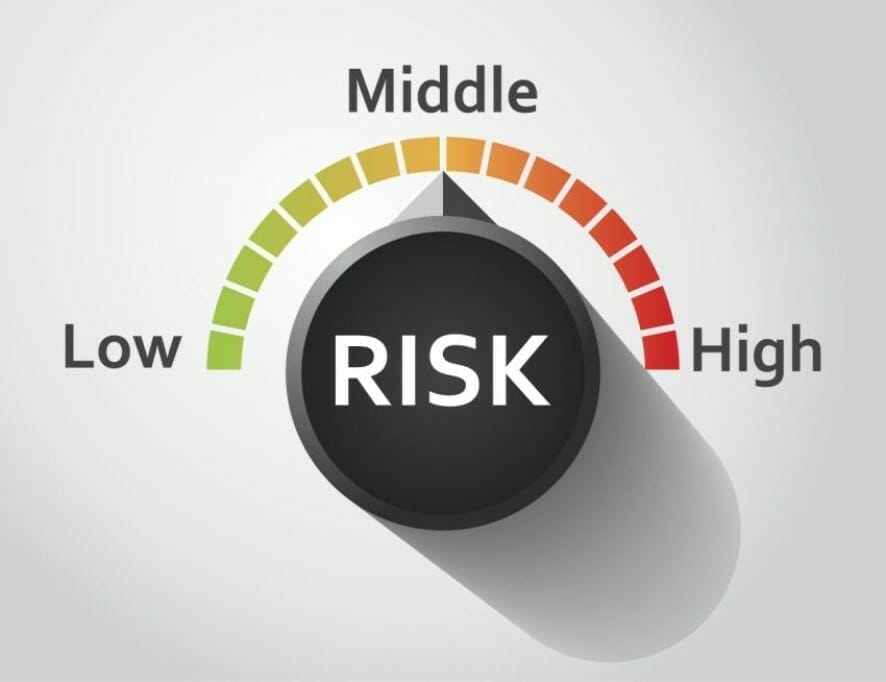For their successful, good life Information you really need: Government-funded publisher, awarded the Global Business Award as Publisher of the Year: Books, Shops, eCourses, data-driven AI-Services. Print and online publications as well as the latest technology go hand in hand - with over 20 years of experience, partners like this Federal Ministry of Education, customers like Samsung, DELL, Telekom or universities. behind it Simone Janson, German Top 10 blogger, referenced in ARD, FAZ, ZEIT, WELT, Wikipedia.
Disclosure & Copyright: Images created as part of a free collaboration with Shutterstock.
Sales principle 1-3> 7: kiss your customers awake
By Dirk Kreuter (More) • Last updated on October 20.10.2022, XNUMX • First published on 24.07.2017/XNUMX/XNUMX • So far 4238 readers, 1892 social media shares Likes & Reviews (5 / 5) • Read & write comments
It is clear makes more sense to maintain existing customers instead of acquiring new ones. But why do so many? Companys the contrary? Is that really that hard?

- Why pure actionism brings nothing
- Massively winning customers brings nothing
- Exploit the potential of existing customers
- Low effort, high effect
- Time to invest wisely
- The meaningful priority order is:
- The principle 1-3> 7
- Can it be a bit more?
- What are the advantages of your customer?
- Ask your customers
- When is the effort worthwhile?
- A question of need
- Kiss your customers
Why pure actionism brings nothing
"Our Strategy is new customer acquisition. Attack!” is the motto of many companies. Even those that are no longer start-ups but have been in the business for a long time Shop. But this strategy is fundamentally wrong.
In such cases, companies send theirs Seller in training courses on cold calling: telephone, trade fair acquisition, unannounced visits. The sellers who bring in the most new customers are the most respected.
Good if so much Optimism and determination are there. But in the long run, the strategy of only growing through new customers can become very stressful.
Massively winning customers brings nothing
And above all: en masse customers gaining new ones is only useful if you then take care of them. Otherwise they will soon drop out again or become C customers.
The previous customers feel neglected and gradually slipping away. Anyway, they build theirs Turnover with this Company not from.
Exploit the potential of existing customers
Often, I have seen companies put on new customers before they have exhausted the potential of their existing customers.
And there is the hook. Attracting new customers is not wrong in itself. But there are other activities where you can use your time more sensibly.
Low effort, high effect
The most successful sellers are usually those who achieve the highest effect with the least effort.
A Swiss officer once told me about a somewhat blatant-looking example: All soldiers in Switzerland are internally classified according to a simple scheme: are they stupid or clever? Foul or busy?
- Who is stupid and lazy, becomes an easy team. In case of war, these people are sent to the front as cannon fodder.
- Anyone who is stupid and hard-working should secure supplies in case of war. He tirelessly drives the truck to wherever they are told and does not ask if the route makes sense.
- Whoever is cunning and hardworking, will be unofficial.
- But whoever is cunning and lazy, becomes an officer. These people are thinking about how to use their resources.
Time to invest wisely
Clearly diligence is necessary for a seller. But intelligently used, so to speak rationalized diligence. A higher form of laziness, then.
And that means: think carefully beforehand where it is worth investing your time and work invest, and where not. priorities put.
The meaningful priority order is:
- Exploit the potential of existing customers
- Rebound customers recovered
- Enable snooze
- Winning new customers
It costs much less effort to exploit the potential of existing customers than to attract new customers. At least the same effect.
In 20 years of professional experience, I have analyzed the data of the literature on the relationship between expenditure and income and summarized it into a formula.
The principle 1-3> 7
It applies to everyone Industry and any form of business except for start-ups that do not yet have a solid customer base. But in all other situations you can calculate like this:
- To fully exploit the potential of existing customers costs simple effort.
- Leaping back customers is the triple cost of this effort.
- Buying new customers costs at least seven times as much effort as the potential of the regular customers.
This is my 1-3> 7 formula. That's the theory.
Can it be a bit more?
For the B2 and A customers it is easy. You already know that they still have a lot of potential. You just have to figure out how you lift it.
So make a plan like this Ask should answer:
- What are the needs of the customer that I can meet?
- Which products are useful for him?
- What service does it need?
- What problem can I solve for him?
- What advantages can I offer him?
What are the advantages of your customer?
The advantages do not always have to lie in the product. They can also lie in making the ordering process as easy and efficient as possible, thereby optimizing the time taken by the Customer needed for procurement.
This will lower your procurement costs indirectly - and are cheaper for you, even if your competition offers the same product at a cheaper price, but you have to telephonize it seventeen times because something has always worked out of the order.
Ask your customers
You can do this on your own. You can also arrange an appointment with the customer and tell him:
“Our business relationship is important to me, I want to strengthen it. So please tell me: What can I do for you, how can I optimally adapt my offer to yours needs adjust? Where are you from, where do you want to go, what is important to you, what worries you?”
When is the effort worthwhile?
Such a basic Conversation is an important basis for fully exploiting the potential of your best customers in the years to come. So it's time well invested.
And with which customers is this effort worthwhile? Sure: those with potential. So the A and B customers. I hope you have done the classification correctly! Hopefully you will not be mistaken: all customers who buy little are C customers.
A question of need
This observation is true only sometimes. Namely, if the customer really has only a small need.
But there are enough customers who actually have a greater need than the one they cover with your offer. Most of them just shop somewhere else. They only buy certain products from you. Or only if you have a special offer. Or, or, or ...
Kiss your customers
Such customers look like C customers, but in reality are slumber customers. You just have to kiss them - with the right offer. Then they have the potential to become a gigantic B2 customer.
If you have exhausted the potential of existing customers, turn to former customers who have jumped for some reason.
Here writes for you
 Dirk Kreuter is one of the most influential thought leaders on the topics of distribution, sales and acquisition. Kreuter is the owner of the company kreuter: neukunden mit garantie! He is CSP – Certified Speaker Professional, Trainer of the Year 2010, Speaker of the Year 2011. Together with Christian Wulff, the German SME Summit voted Dirk Kreuter TOP CONSULTANT for four years in a row from 2013 to 2016. From 2012 to 2014 he taught as a lecturer at the Steinbeis Transfer Institute as part of the Professional Speaking GSA certificate course. After Dirk Kreuter had started product-related sales training in 1991, he completed a trainer course at the professional association of German sales promoters and trainers in 1994. Kreuter held the first seminars abroad for English customers in 2007 in Eastern Europe. He has produced 30 publications as author, co-author and co-editor. All texts by Dirk Kreuter.
Dirk Kreuter is one of the most influential thought leaders on the topics of distribution, sales and acquisition. Kreuter is the owner of the company kreuter: neukunden mit garantie! He is CSP – Certified Speaker Professional, Trainer of the Year 2010, Speaker of the Year 2011. Together with Christian Wulff, the German SME Summit voted Dirk Kreuter TOP CONSULTANT for four years in a row from 2013 to 2016. From 2012 to 2014 he taught as a lecturer at the Steinbeis Transfer Institute as part of the Professional Speaking GSA certificate course. After Dirk Kreuter had started product-related sales training in 1991, he completed a trainer course at the professional association of German sales promoters and trainers in 1994. Kreuter held the first seminars abroad for English customers in 2007 in Eastern Europe. He has produced 30 publications as author, co-author and co-editor. All texts by Dirk Kreuter.
2 Responses to "Sales principle 1-3 > 7: Kiss your customers awake"
-
Sell Better - Part 9: Kiss your customers awake: The last post was about the principle… #Profession #Education
-
Sell Better - Part 9: Kiss your customers awake: The last post was about the principle… #Profession #Education









Post a Comment